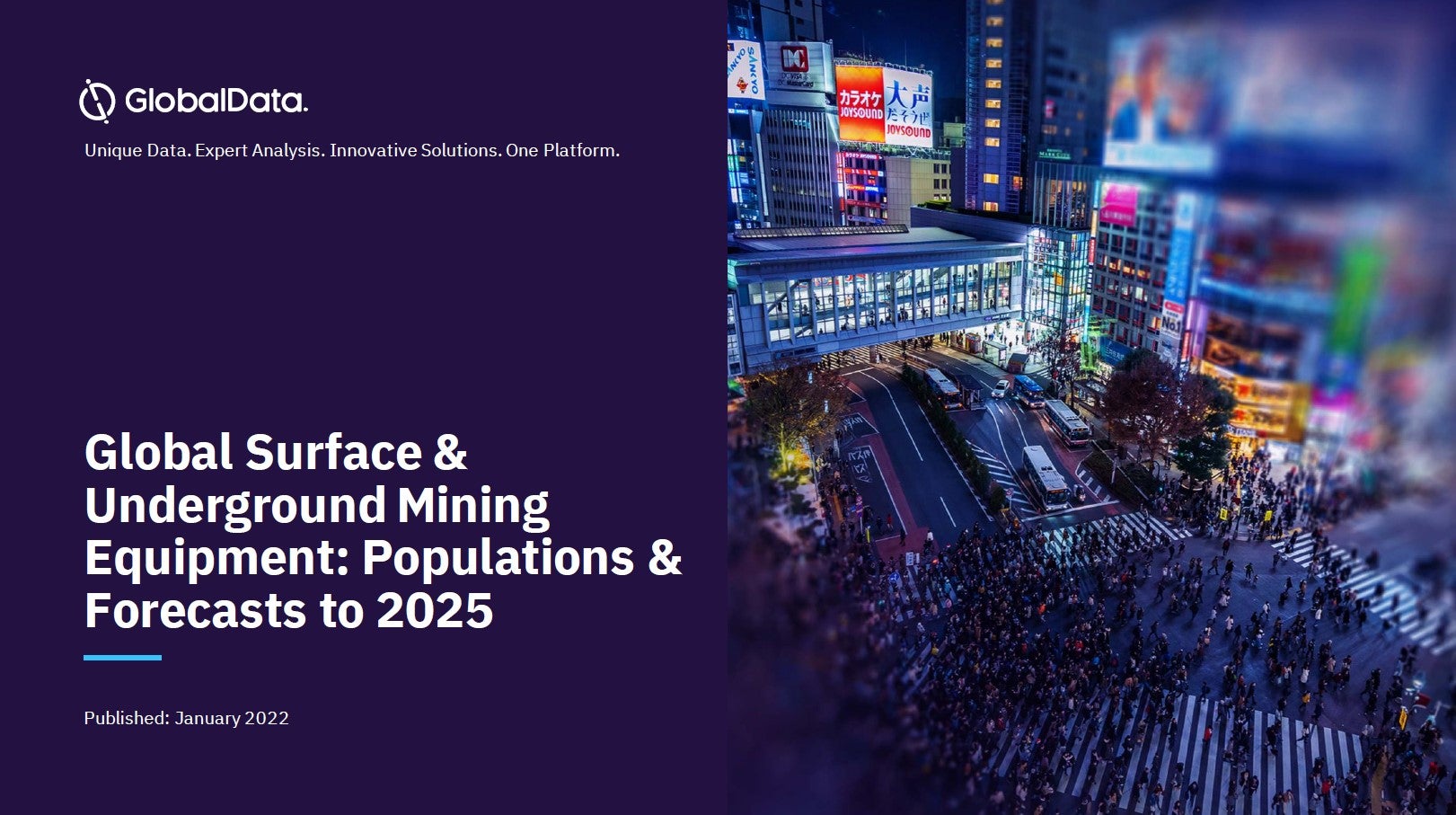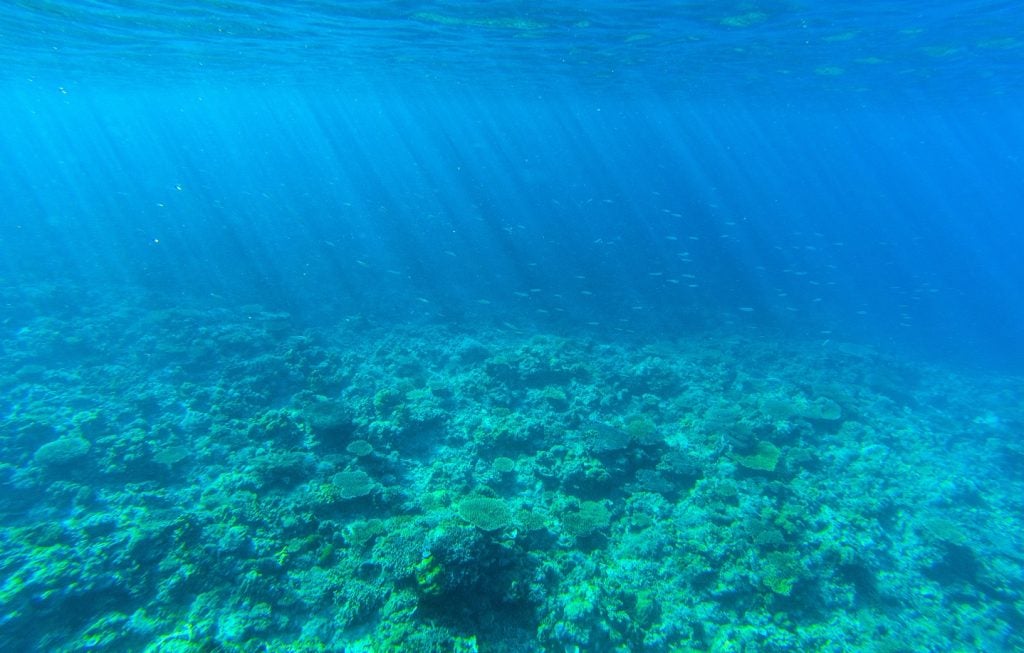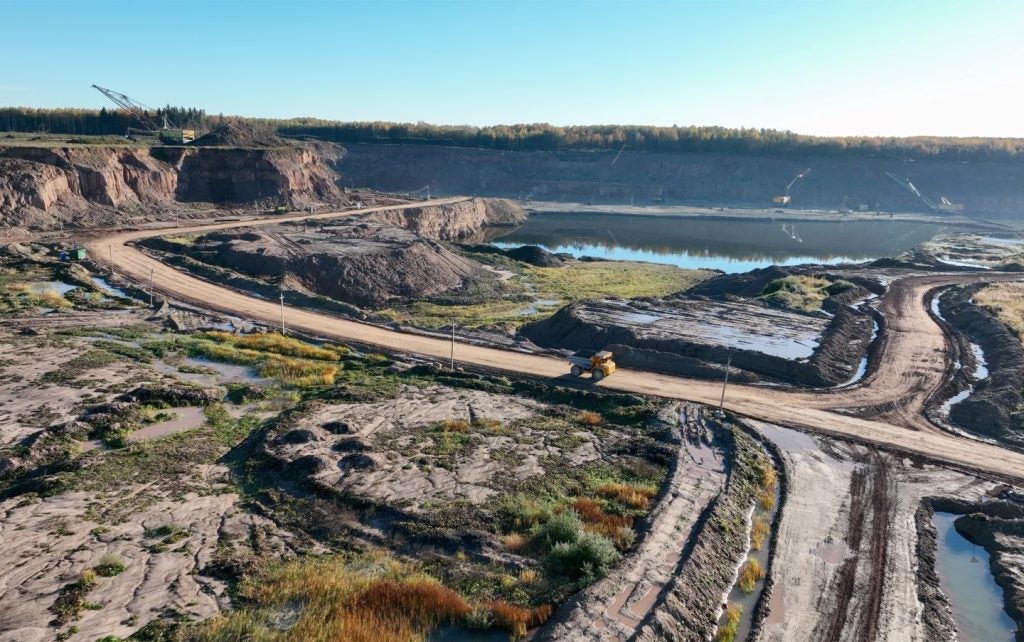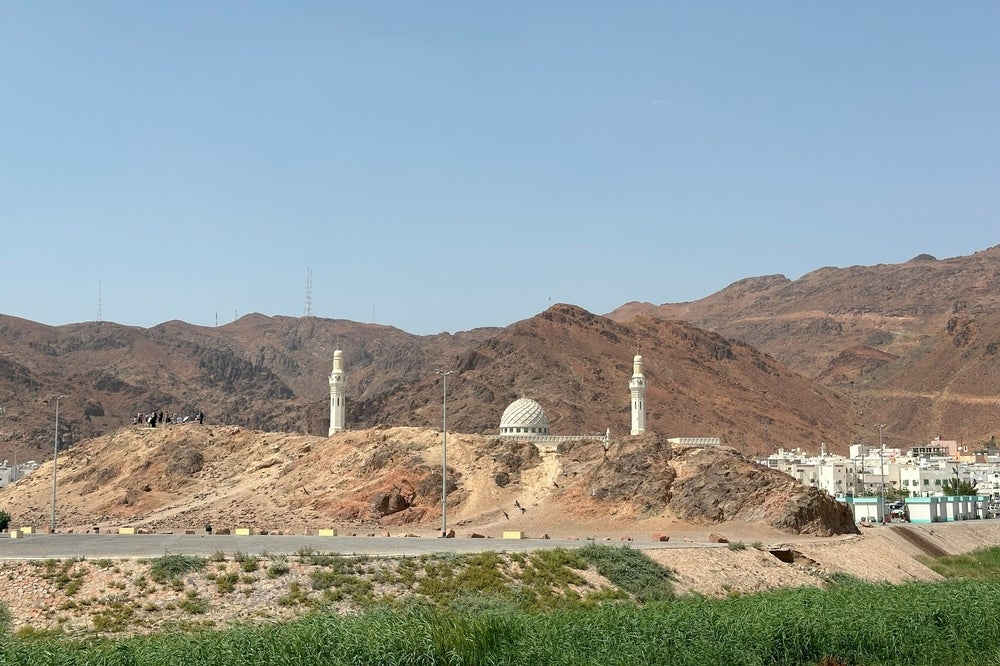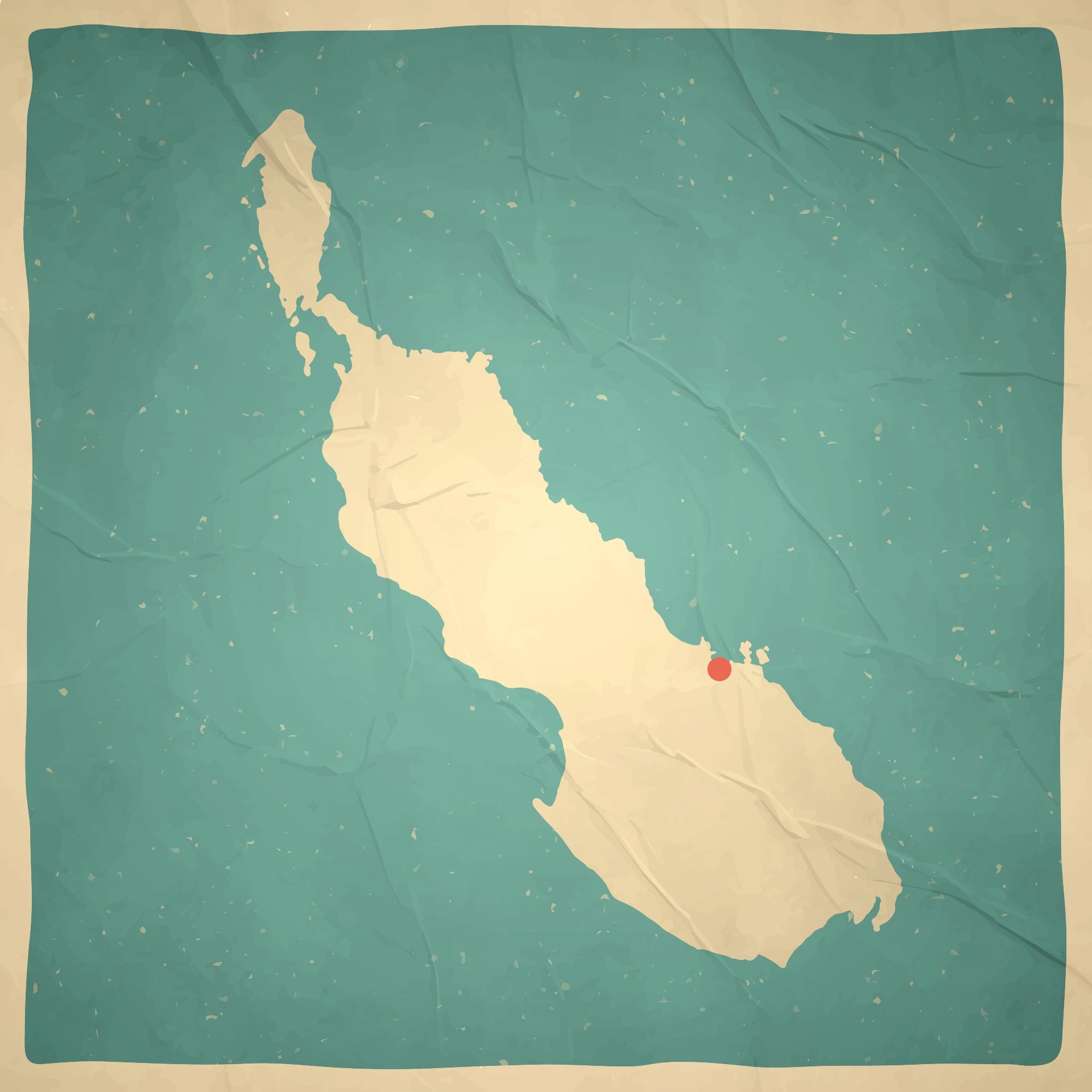
The 2016 divestment of Rio Tinto from the Paguna mine in Bougainville, Papua New Guinea provoked outrage from government officials and locals alike. This led to an official complaint lodged by the Human Rights Law Centre (HRLC), on behalf of the Bougainville residents, through the Australian OECD National Contact point.
Rio Tinto surprisingly made a U-turn and agreed to a comprehensive assessment of the impact of the mine in July 2021. Keren Adams, legal director of the HRLC, notes that while the HRLC welcomes the assessment and sees it as an essential first step, the most crucial thing will be what’s done after the assessments finish to fix these problems.
How well do you really know your competitors?
Access the most comprehensive Company Profiles on the market, powered by GlobalData. Save hours of research. Gain competitive edge.

Thank you!
Your download email will arrive shortly
Not ready to buy yet? Download a free sample
We are confident about the unique quality of our Company Profiles. However, we want you to make the most beneficial decision for your business, so we offer a free sample that you can download by submitting the below form
By GlobalDataZachary Skidmore (ZS): What conditions led to the joint statement?
Keren Adams (KA): We first got involved a couple of years ago. Some academics at the University of Queensland got in touch about some work that the Catholic Diocese of Bougainville had started, mapping the ongoing impacts of the mine on communities after Rio Tinto was divested in 2016.
The divestment caused a vast amount of anger in Bougainville, as there had been a process already underway that communities had hoped would address some of these environmental concerns. Rio Tinto’s divestment meant that those environmental studies that were intended to be done couldn’t happen.
We were contacted by these academics and decided that we should go out there and take a look. It was shocking to see the extent to which the mine pollution was impacting communities. We first worked with communities to document all the various impacts of the mine and produce a report.
Before the report’s publication, we contacted Rio Tinto about our concerns. We had meetings with them, but at that stage, they were not receptive and stated they had no ongoing responsibility concerning the mine.
We then spoke to the communities about what they could do. They decided to bring this complaint through the Australian OECD National Contact Point, a non-judicial dispute resolution mechanism based within the Australian Government.
We brought a human rights complaint towards the end of 2020. When we brought that complaint, Rio Tinto quickly committed to sitting down and having discussions with the community. So that’s been the process that we’ve been engaging in with them over the past few months.
Ultimately, after several months of discussions and some outreach to other important stakeholders, like the Autonomous Bougainville Government, the Papua New Guinea Government, and others, we reached the agreement that was announced a couple of weeks ago.
ZS: Was there a noticeable change in attitude from Rio Tinto after the demolition of the Juukan Gorge rock shelters? The scandal obviously led to a change in leadership.
KA: I don’t want to speculate about Rio Tinto’s motivations. That’s a question for them. But post-Juukan Gorge, they are clearly a company that needs to fundamentally change how they do things to rebuild trust, both with communities they work with, their shareholders, and the broader international community.
At the top, I do think that the change of leadership may have played a role in the difference of approach and the decision to re-engage on this issue. To date, they’ve made only a limited commitment to fund the assessment, they haven’t made further commitments.
So, while we welcome the decision to re-engage and we welcome the assessment, which is an important first step, the most important thing though will be what’s done after the assessments finish to fix these problems.
ZS: Do you feel that Rio Tinto will make a concerted effort post-assessment to follow the recommendations you set out in your 2020 report?
KA: They’ve said that they are committed to fulfilling their international obligations in terms of their human rights and environmental obligations. Until they demonstrate otherwise, I think we will assume that they will live up to those obligations.
I find it hard to believe that they would have committed to this process, which is a major change in their position of 30 years, if they had no intention to do anything further. But obviously, we’ll have to have further discussions with them and with the communities and other stakeholders at the end of this process as to what that looks like.
ZS: Speaking of responsibility in a broader context, do you feel this announcement will set a precedent for other miners with dubious environmental records to sponsor similar assessments?
KA: I hope so. Papua New Guinea has several mines, which have massive problems from riverine tailings disposal, where the mine waste is pumped directly into the rivers. I hope that this will serve as precedent and I’m sure a lot of people will be watching closely to see what sort of precedent they set and whether it provides a pathway for communities and companies to work together to address these problems and to work out a way through and a way forward.
But I wouldn’t want to be claiming as yet that this is going to set that sort of precedent because we are early into the process, and there’s a lot of work that needs to be done to ensure that this does result in remedy and real changes for people on the ground.
ZS: According to a PWC audit of the industry, ESG represents one of mining’s most significant opportunities for long-term value creation and sustainable growth within communities and the mines where they operate. But it seems that many of these companies are pretty hesitant to turn into it and embrace these strategies. Why are they so reluctant?
KA: I think that the mining companies have, in some instances, taken the approach that the easiest way to deal with their liability is to simply get high risk, high liability projects off their books and to sell them on, and then people will not see them as responsible in some way for those. I think it’s totally the opposite of how you should be improving your ESG ratings, which is accepting responsibility and dealing with problems you’ve created.
I believe that there’s been a growing movement by shareholders to expect a lot and demand a lot more from companies in that regard. That is providing a hopeful pattern because they have real leverage with these companies.
And we’ve seen them exercise that, both concerning climate risks and in relation to cultural heritage issues, like Juukan Gorge and how investors responded there. So I think people are waking up to this, but it’s a slow process, and it’s not happening fast enough for the communities on the ground.


